Thank you to high school teacher Jacqueline Stallworth for sharing her favorite strategies for helping all students feel seen, heard and valued in the classroom.
I am an African American, female teacher, and I love to read books with characters who look like me. I read tons of books about all different types of African American folks to understand our stories, and mainly because I love to see my folks and me in literature. Recently, I read Brown Girl, Brownstone by Paule Marshall, which is such a beautiful coming of age story, and I wish I had read this book when I was coming of age. The book took me back to my childhood where I read whatever I wanted at home, but at school, I never got to experience books with folks who look like me in them. At school, I never got to experience books with folks who look like me in them; my voice and people who look like me, our voices, were missing from the classroom.
The Benefits of Reading More Broadly
When I started teaching, I taught the books that I was taught in school, books with characters who did not look like me. However, after quite a few years of teaching, I came to the painful realization that I was leaving my very own voice and many other voices out of the classroom and not engaging my students. I was doing to students what was once done to me: valuing one voice over another.
To give students a different educational experience from what I experienced, I started giving my students complete choice in the books that they read a few years back. I also started to broaden my reading horizons with the goal of raising as many voices as I could in the classroom.
A few of the side effects of reading more broadly are that I am becoming more intelligent, I think about things from many different perspectives, I have fallen madly in love with all types of experiences, my empathy meter has gone through the roof and I have confirmed that being human helps us to relate to all kinds of stories. However, what I am most proud of is that I am better resource for my students as I strive to raise their voices in my classroom.
Relating to Characters Through Shared Humanity
The late, great Dr. Maya Angelou stated, “I am a human being, and nothing human can be alien to me.” Being human should be all it takes to make us able to relate to stories, regardless of race, gender, social class, sexual orientation, etc. There are so many excellent books and stories we can bring into the classroom that feature a diverse array of characters and experiences, and our students can relate to these characters through their shared human experiences.
For example, many people can empathize with Milkman from Toni Morrison’s Song of Solomon who feels the need to leave his family to take a journey. Or Miles in Miles Morales by Jason Reynolds, who finds himself in a situation that feels uncomfortable. Or J.D Vance in Hillbilly Elegy, who reveals that life sometimes throws us in situations that we did not ask to be in.
Many people can also relate to Juliet in Juliet Takes a Breath, who must come to the realization that our heroes are imperfect, and that is what makes them human. Or the Prince in The Prince and Dressmaker, who feels confined by his position in society. Or Anthony Ray Hinton in The Sun Does Shine, who writes about being in prison for thirty years for a crime he did not commit.
Many people deal with tough stuff at a young age, like the characters in Harbor Me by Jacqueline Woodson. Or understand the desire for folks to stop trying to fix us, like the character Jade experiences in Piecing Me Together by Renee Watson. Or recognize the need to act through fear, as Amal does in Amal Unboundby Aisha Saeed.
5 Strategies for Raising Other Voices in Your Classroom
How do we ensure that we see, know and empower ALL students, even when their life experiences are vastly different from our own? Here are some of my favorite ways that books and reading can help educators raise an array of voices in the classroom:
1. Read Widely.
Teachers should consider reading and reading widely. As stated earlier, I love books with characters who look like me, so I consciously read widely and variedly. I read about all types of people and experience so that I can become smarter, have more empathy, give all people dignity and be a resource for my students and other teachers. Yes, teachers are BUSY, but I think we must do what I ask my students to do—fit reading in whenever we can. I read during my lunch period, at the doctor’s office, instead of watching TV—and lately, I listen to audiobooks every single time that I get in my car.
2. Give Book Talks that Give all Stories and People Dignity.
Once you are reading widely, consider book talking all those books you read. A teacher has the power to give every single student dignity and voice in the classroom by sharing multiple stories and perspectives on a given unit or theme. A teacher can talk about the female character Selina Boyce, who is coming of age in Brown Girl, Brownstone, with the same love that the teacher may give Scout, who also comes of age in To Kill A Mockingbird.
3. Build A Diverse Classroom Library.
Because I am constantly reading and go to lots of conferences where I get books (and even advanced reader copies), the titles in my classroom reflect everybody and every experience. If a student wants to read books about sexuality, I have those! If they want to read books about injustice, I have those. If they want to read about strong, female, Mexican, African American or Caucasian characters, I have those also. The more diverse your classroom library, the more opportunities your students will have to see themselves reflected in books and to value others’ life experiences.
4. Give Students Time to Read in Class.
Now, we can have all the books in the world in our classroom, but without giving our students time to read, the work we do will be in vain. Students need time, in school, to read regularly. I build the time in, and it is the most valuable time that is spent in the classroom. Yep, the time to teach lessons matters, and the time to work on assignments matters, but I cannot say this enough: time to read should never be cut in favor of anything else.
5. Teach Thematically to Raise Voices.
Let’s say that a teacher wants (or is required) to teach To Kill a Mockingbird. The teacher needs to figure out the big idea she is trying to teach with this novel. So, this novel may fit into a unit titled Justice and Injustice or Coming of Age or What Causes People to Treat Others Unfairly, etc. Is To Kill a Mockingbird the only book on the planet that can achieve the unit’s goals? No, it isn’t. So, the teacher no longer must center To Kill A Mockingbird, because there are tons of books that can fulfill the requirements. To elevate many different voices, the teacher can allow students to read in groups, with the different groups reading different books that relate to the big idea, and now the class can get lots of perspectives.
Times are changing, and our children are changing. All people want to be heard and seen. Schools can play a role in raising voices to create life-long, critical readers and thinkers.
Y’all, it is time to Raise Voices!
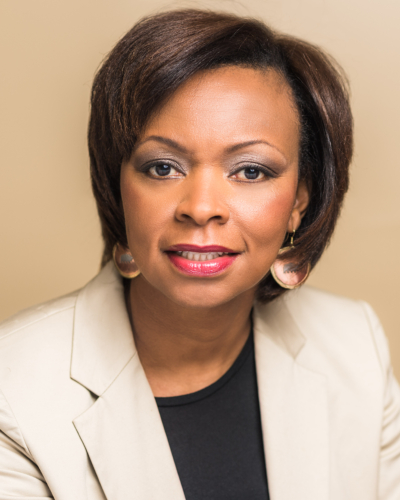
About the Author:
Jacqueline Stallworth is the founder of Stallworth Educational Consulting Team, a company that is doing the work to ensure that schools’ curriculum reflect our diverse world. She’s also an Advanced Placement literature consultant for College Board, and a high school English teacher in Northern Virginia. She writes about her love for books and life on her blog The Big Sea. You can also find her on twitter (@thebigseablog) and Instagram (the_big_sea_blog).
To help all students see their stories reflected in the books they read, Booksource’s Collection Development experts have created 30-book Own Voices & Diverse Authors Collections. Add inclusive and culturally responsive titles to your classroom with these curated collections.


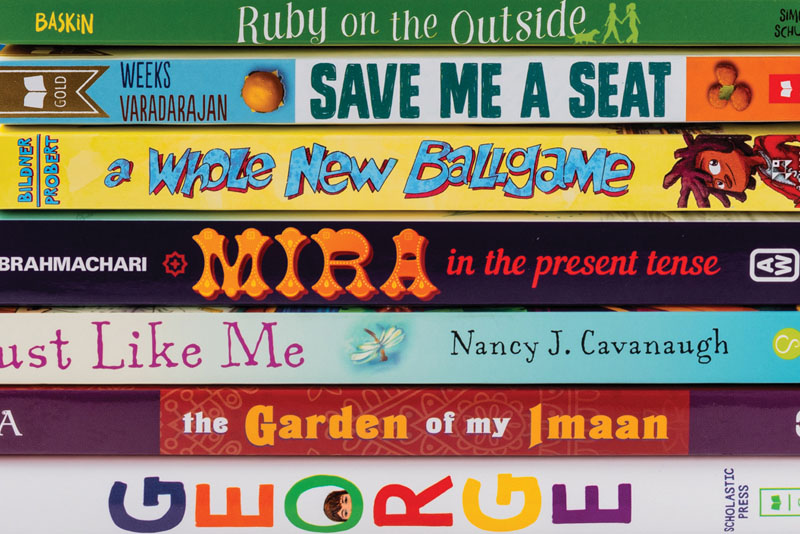
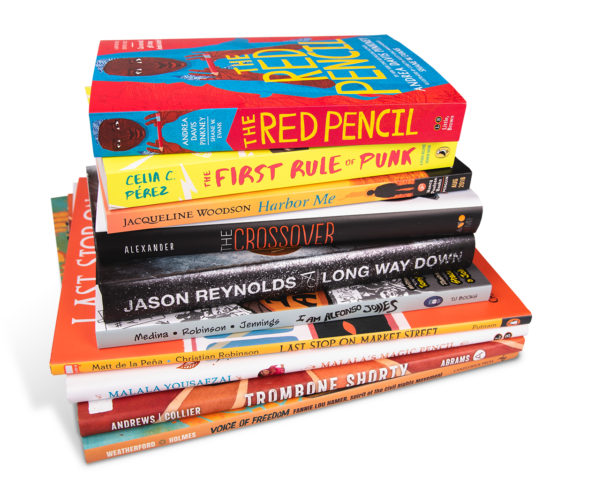
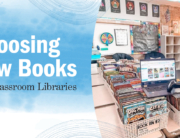
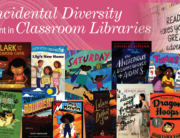
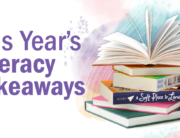
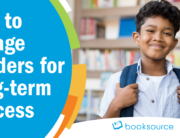
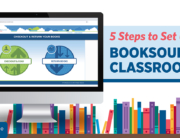
Leave A Comment